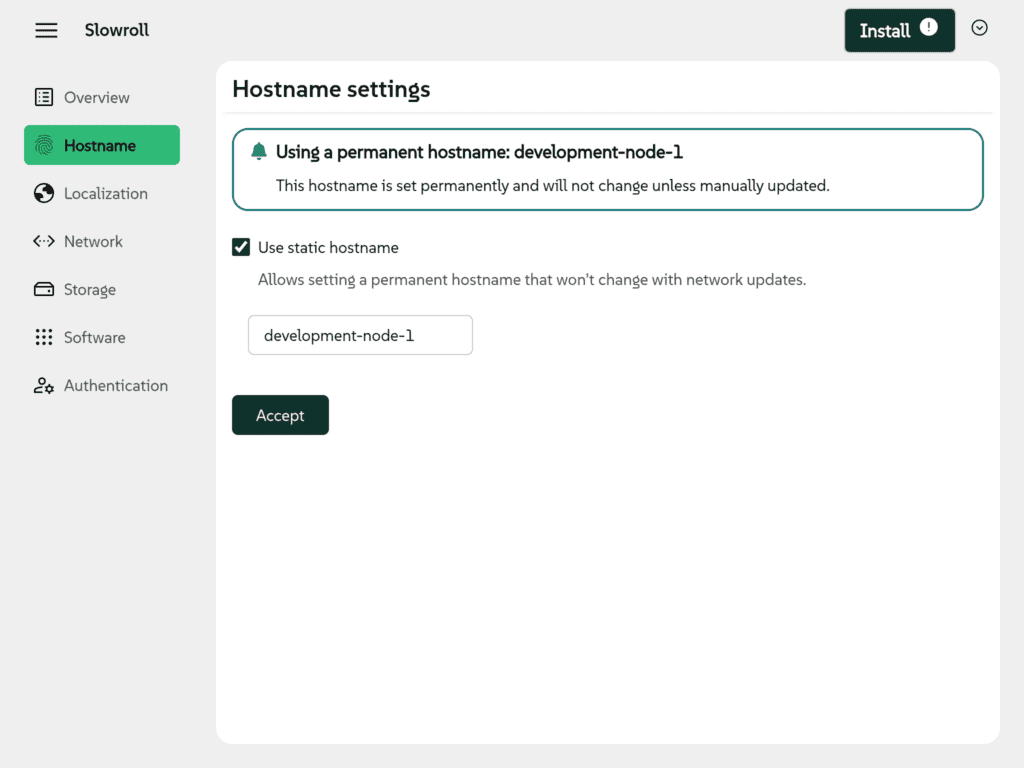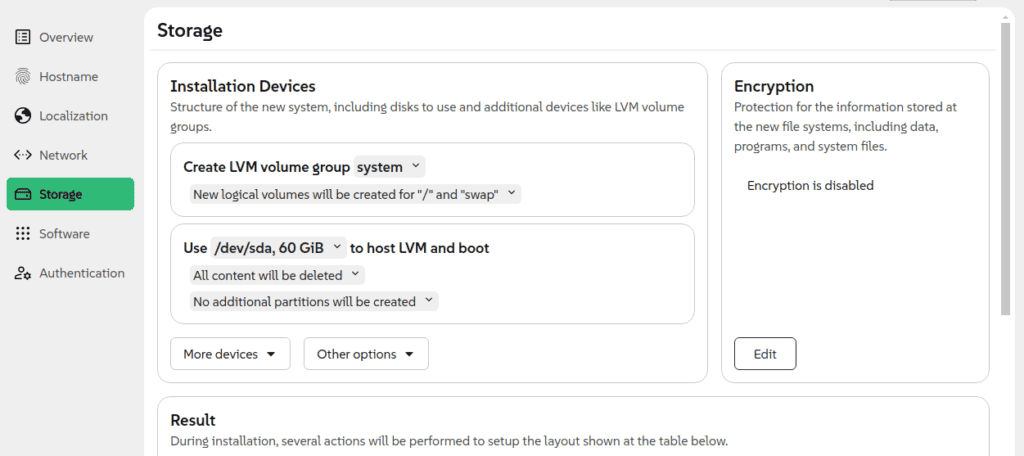Agama, the new still-in-development Linux installer from openSUSE, released version 13, unveiling various interface enhancements and practical new features.
First, this release addressed something that may seem quite basic at first glance—hostname configuration. In light of this, Agama 13 offers an extended hostname= boot argument, newly added support for configuring the hostname through both the command-line interface and unattended installations, and a straightforward section in the web interface to cover this essential setup.

While it is currently presented as its own area, the plan is to eventually fold it into a broader “System” section, offering a more streamlined user experience.
Another highlight is the preliminary user interface for LVM installations. Although LVM volume groups and logical volumes could already be defined via command-line commands and in unattended scenarios, Agama 13 now offers a first pass at integrating that functionality directly into its web interface. Users can:
- Create one or more volume groups.
- Define any number of logical volumes.
- Automatically calculate sizes, including partitions for hosting the LVM physical volumes.

On the enterprise side, the Agama 13 product configuration now supports extra repositories and feature add-ons for SUSE Linux Enterprise Server (SLES). This includes options to register extensions through the SUSE Customer Center.
Developers have also expanded software installation controls so users can specify individual packages in addition to patterns, enhancing the granularity available for unattended workflows, even though such fine-tuned adjustments are not slated for the web interface.
Lastly, the installer has gained the ability to deploy files during installation—mirroring AutoYaST’s flexibility—where entire configuration files can be embedded within the profile or retrieved from remote sources.
For those curious about trying the new openSUSE installer, ISO images are available for download here. For more information, see the announcement.
Image credits: openSUSE
